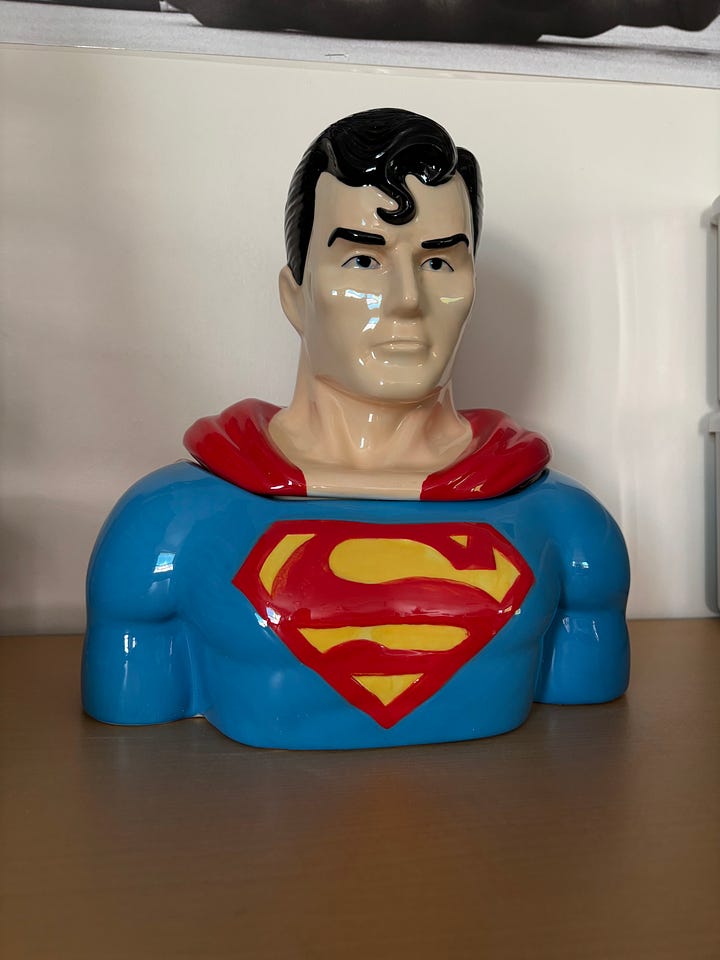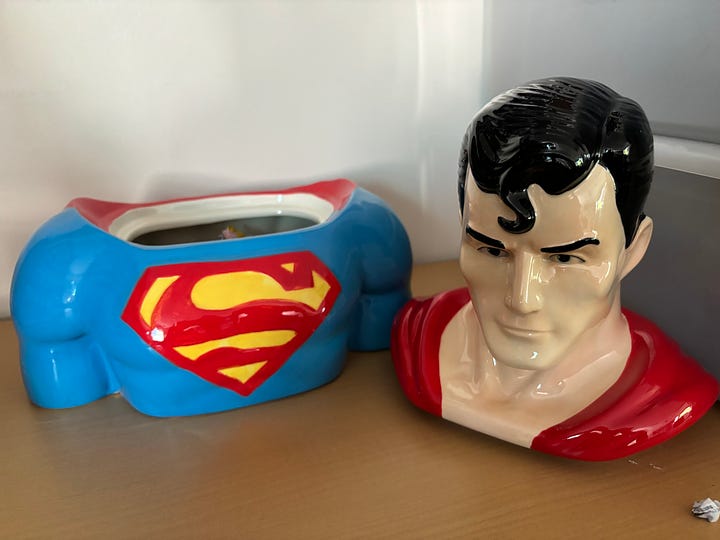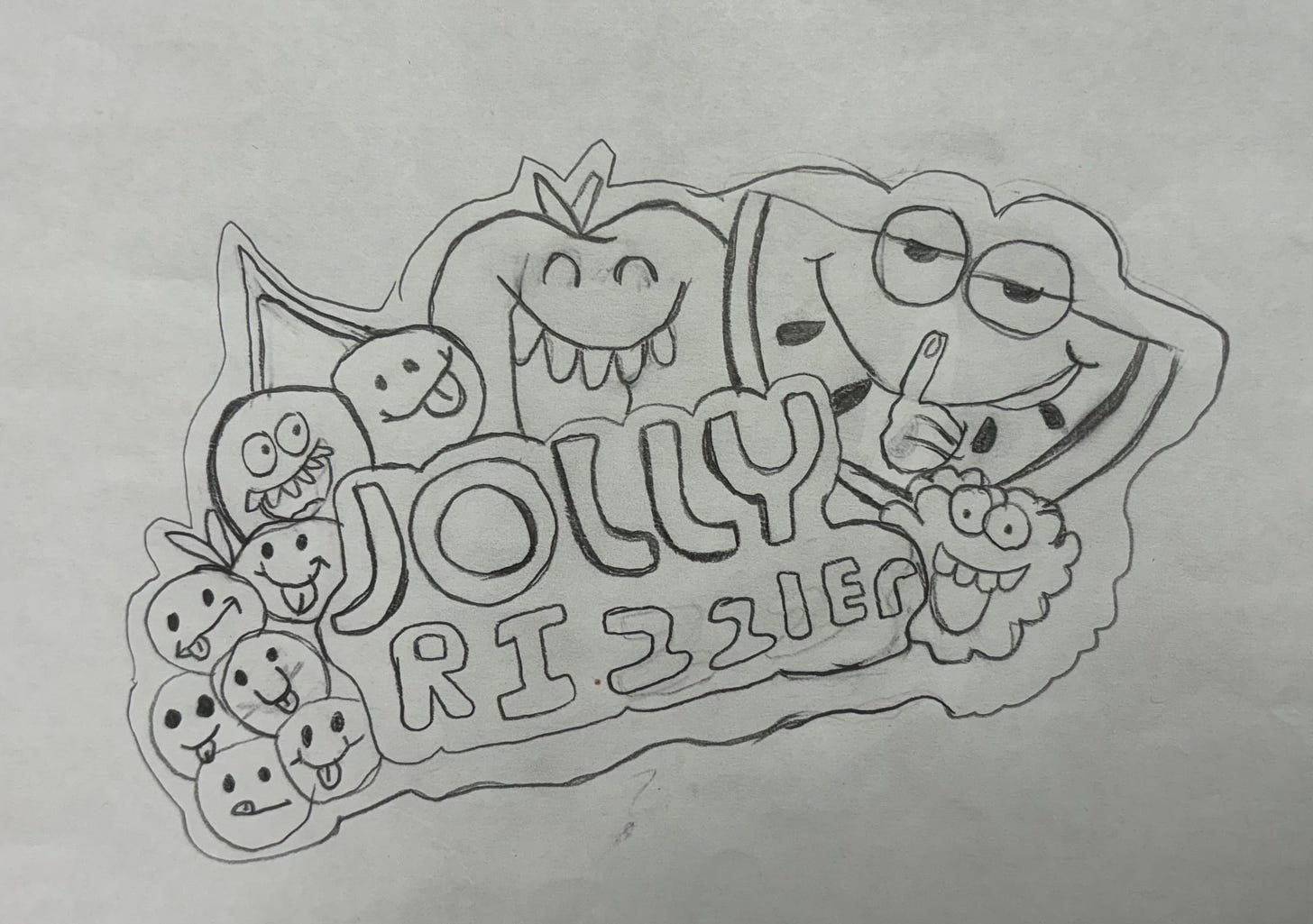A month ago, our school’s PTCO organized a fundraising event. Each class competed to collect donations from friends and family, culminating in a school-wide Fun Run. Teachers were to decide on a class (team) name and decorate a class flag to wave at the race. In years past, most of the flags decorating the field are the teacher’s name and an elementary-aged appropriate noun. For example, my class might be called Mr. Neibauer’s Scholars or Mr. Neibauer’s Learners or Mr. Neibauer’s Nifty Number 1’s. For most teachers, the name is inconsequential. The goal is to raise as much money as possible for the school.
I’m not a fan of soliciting for money. I think that fundraisers are important and any money we raise as a community is much appreciated. However, as a parent, I always hated when my school-aged children would come home begging that we donate money so that they could earn a class prize or some sort of chachki. High-pressure selling is always a turnoff, but especially when schools excite kids into a frenzy, sending them home begging for money. Not every household has expendable income to donate. Some kids can only afford to donate $5.00, and compared to the family who donates $100, many students are left feeling unappreciated for their meager contribution. Fundraisers can fracture a students’ sense of belonging in their class.
Instead of focusing on the money we raise, I focus on student agency. I want my students to be actively involved in how we represent ourselves on the field and to the rest of the school building. I spend a great deal of time at the beginning of the year helping my students to take pride and ownership in our classroom, knowing that our learning environment and experiences are unique to Mr. Neibauer’s class. This fundraiser is an opportunity to showcase our fifth-grade classroom community.
Names are important. I want students to consider a name that not only represents them as students, but our classroom culture. Usually, this brainstorming process takes time; students excitedly throwing out ideas, combining them with others, and voting on a winner. This year, students unanimously decided on a class name in record time.
One thing that makes my classroom different from others is my jar of JOLLY RANCHER candies1. I throw out “JOLLY RANCHER Questions” frequently, especially at the beginning of the year. Yes, this is shameless bribing for engagement. I’ve experimented with a different candies, but I’ve found JOLLY RANCHERs are the best way to stir participation in those lull moments after lunch or at the end of the day. My students always perk up for JOLLY RANCHER Questions!


So, when it came time to brainstorm a class name for our Fun Run Fundraiser, I set up the activity as I’ve done in the past. I had chart paper and markers handy. I planned to frame the task, and then introduce students to a Crazy 8s Brainstorm technique.
Just before we were to start, a student threw out a suggestion.
Let’s call ourselves The Jolly Rizzlers!
The class erupted in a unanimous cheer. That was it. We were now The Jolly Rizzlers.
Instead of brainstorming, my students quickly began nominating artists to illustrate the logo for our flag. Wait! No one said we needed a logo, just a team name. A logo, my students explained is essential in representing who we are as a class. They were not wrong. This year, I have many budding artists who doodle throughout the day. So, instead of learning the Crazy 8s Brainstorming technique, students organized into groups with one nominated artist at each table. The artist led this impromptu brainstorming session, writing down suggested ideas for our new logo. I watched, dumbfounded and incredibly impressed as students worked together without conflict.
After 30 minutes, each table group had a rough sketch of a logo. I displayed them on the board and students voted for their favorite to adorn our Jolly Rizzler flag. Later in the week, I allowed time for the artist to draw and color the final logo onto the flag. As she was illustrating, the rest of the class added their names, surrounding the logo. When it was finished, we had a great name, an awesome logo, and a beautiful flag!
The Fun Run Fundraiser has since ended, and the flag is proudly displayed in our classroom. I’m still impressed with how quickly my students organized and executed their idea. Within minutes, I was assigned the roles of time-manager and facilitator. I made sure that students had time to realize their ideas and the necessary supplies to execute their vision. They were in charge, and it was awesome to watch!
This experience would not have happened as smoothly as it did without a classroom that centers student agency. My students felt safe enough to share their ideas and vote on them. Knowing that there would only be one winner, students made sure to incorporate everyone’s voice, through artwork and names, on the final flag. On the day of the Fun Run, students even voted on who would carry the flag, electing the finalists in the logo design. This shows a great sense of belonging to our classroom culture.
Rizz may not be my lingo, but I am proud to be a member of The Jolly Rizzlers!
Have a great week!
— Adrian
Resources
I love John Spencer’s work with Design Thinking in the classroom. He has a huge collection of his Sketchy Videos that are great resources for both teachers and students.
Brainstorming — Why It Doesn’t (Always) Work | Dr. Tina Seelig
I’ve learned a lot from Dr. Tina Seelig in my years as a teacher. She is the Executive Director of Knight-Hennessy Scholars at Stanford University. She has written an number of books, all of which are excellent resources for teachers.
The Power of Vulnerability | Brené Brown | TEDxHouston
This is my favorite TED talk by Dr. Brené Brown. Her research on vulnerability and creating a culture of safety has greatly informed my pedagogical practice.
5 Ways to Promote Student Agency in the Elementary Classroom | edutopia
I’ve discussed many of these in previous Substack posts. The main thing to remember, despite the age of your students, is to build strong connections that support belonging and community in your classroom.
This John Spencer video comes from his collaboration with A.J. Juliani in their book, Empower: What Happens When Students Own Their Learning.
Fun fact. JOLLY RANCHER candies were created by Dorothy and Bill Harmsen (1949) in Golden, CO as a way to sell keep their ice cream shop profitable during the winter months.






This post has everything. Collaboration, candy, and (cha)rizz.